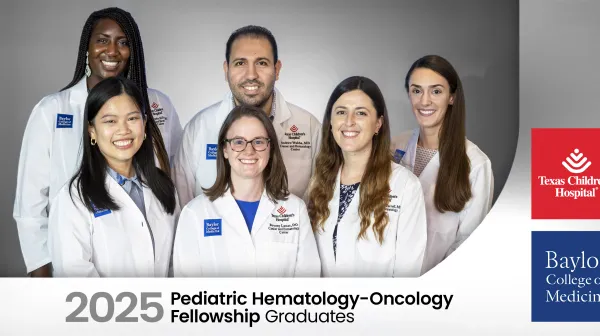Even before Jackson Ward was born, his medical team at Texas Children’s Heart Center was preparing for his first surgery. When his mother, Leah, was 20 weeks pregnant, an ultrasound revealed that baby Jackson had a rare and potentially fatal congenital heart defect: hypoplastic left heart syndrome (HLHS). HLHS is characterized by underdevelopment of the left ventricle along with aortic and valvular defects, rendering the heart unable to pump enough blood to support the rest of the body. Babies born with this condition typically require a Norwood procedure — open-heart surgery to repair the aortic arch so it can better provide blood flow to the body — within the first week of life, followed by subsequent heart surgeries shortly thereafter.
Expert care
Fortunately for Jackson and his family, the country’s most successful Single Ventricle Program was only about an hour away at Texas Children’s. Currently, the program admits ~40 new patients annually — or about twice the volume of the next largest center. Jackson’s first surgery was performed when he was just 5 days old.
The second stage surgery (bidirectional Glenn shunt) is typically performed around 3-6 months of age. The period in between these procedures — called the interstage period — is the most dangerous for children with a single ventricle defect. Even common childhood illnesses, such as a cold or diarrhea, can be life-threatening. Texas Children’s, however, boasts the best outcomes in the nation during the critical interstage period.
“For the last 3 years, we’ve had 0% interstage mortality among our patients who are discharged between their first and second surgeries, which we’re proud of. The national average is around 5–10% and can be as high as 10–15%,” said Rocky Tsang, MD, medical director of the Single Ventricle Program at Texas Children’s.
Jackson’s second surgery was successfully performed when he was 4.5 months old, followed by a third surgery at 5 years old. With surgeries completed, physicians continued to monitor his progress.
“It's highly, highly variable how long such an operation will last,” said William Dreyer, MD, medical director of Heart Failure, Cardiomyopathy and Cardiac Transplantation at Texas Children's. “Some patients, it will last them into adulthood, others not so much.”
When the routine becomes emergent
In September 2021, Jackson caught a cold that eventually evolved into myocarditis, which led to severe heart failure and immediate hospitalization at Texas Children’s. His team delivered the news to his parents: Jackson’s only hope was a heart transplant. Again, Jackson was fortunate — Texas Children’s performs more pediatric heart transplants than any other hospital in the nation.
While he waited for a heart to become available, Jackson underwent surgery to have a Berlin Heart EXCOR ventricular assist device (VAD) implanted. A Texas Children’s study demonstrated that cardiac support with the Berlin Heart is an effective therapy to bridge children to heart transplantation, and the device was the first pediatric VAD to be awarded approval from the U.S Food and Drug Administration.
In October 2022, a matching donor heart finally became available, and Jackson’s lifesaving transplant was performed by his team at Texas Children’s. Relief was short-lived, however, when Jackson developed sepsis 11 days later, requiring intensive treatment.
But just before Christmas, Jackson and his family experienced the greatest gift they could ask for: After a 453-day hospital stay, the 8-year-old was able to walk out of the hospital as staff lined the hallways to cheer him on.
While Jackson will continue medications, monitoring and physical therapy, his prognosis is good.
“Our goal is to make him as normal as possible as a kid,” said Iki Adachi, MD, surgical director of Heart Transplant and Mechanical Circulatory Support at Texas Children’s and a world-renowned leader in the development of innovative VAD therapies. “After heart transplantation, many of these patients do whatever they want to do as a kid. At this point, there's no real reason to say he won't be able to do this kind of stuff.”
Learn more about Texas Children’s Heart Center and Texas Children’s Heart Transplant Program. Or, refer a patient online.





